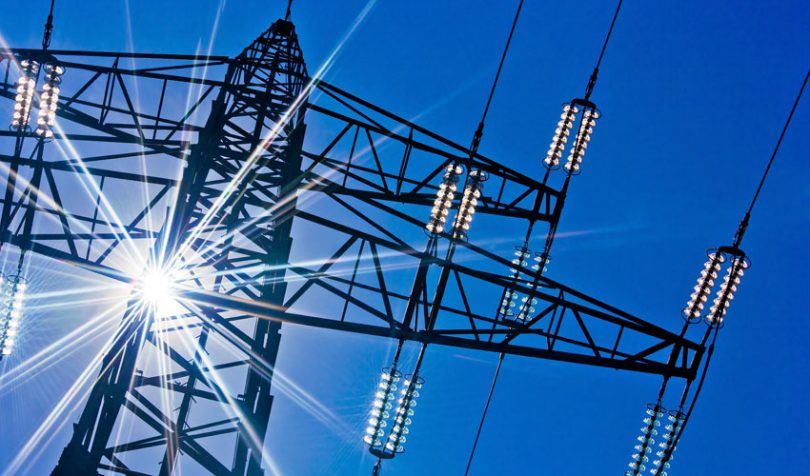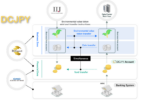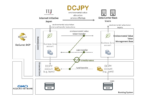Yesterday, S&P Global Platts published a report on the use of distributed ledger technology (DLT) for energy markets. The firm observed that new blockchain use cases are being identified as energy markets evolve with the emergence of new power systems. However, the US is lagging behind.
S&P said that blockchain is past the hype cycle and is now maturing to integrate specific use cases. “It’s becoming clearer to see where blockchain can unlock value in energy markets,” said Jesse Morris, chief commercial officer at non-profit Energy Web Foundation (EWF), speaking at the Blockchain in Energy Forum 2019. The EWF boasts over 100 affiliates including Seimens, Total, and Centrica.
Yesterday’s report found that while it was initially thought that blockchain could disrupt whole systems, now potential is being realized for specific energy applications.
GTM’s chairman Scott Clavenna said new models are required as there has been growth in carbon-free targets and renewable energy resources. These new markets need scalable, secure, and efficient systems. Hence blockchain has been pointed out as a solution. “Blockchain doesn’t need to catalyze anything because it’s already happening,” Clavenna explained.
S&P also concluded that European initiatives, both private and state-funded, are leading in blockchain adoption. Indeed, Neil Gerber, director of new energy & environment for IBM, mentioned that one of the firm’s first energy projects was in Amsterdam and will be extended to moving energy from the North Sea to Germany. However, he observed that the U.S. was lagging in terms of blockchain-based energy applications.
“We are quickly falling behind [in the U.S.],” said Lawrence Orsini, founder and principal of LO3 Energy. S&P said there are roughly 50 state-funded projects in Europe and “I can’t think of any here,” he said. LO3 is behind an energy trading project in Brooklyn and Japan. It recently announced backing from Shell and Sumitomo.
While the technology is seeing adoption everywhere, regulatory bodies are finding it hard to keep up and adapt to new pricing models. S&P said this was a hindrance for expansion of blockchain projects in the U.S.
“Blockchains are like tires on a car,” Orsini said. “The innovation is not blockchain, the innovation is creating a platform that solves a problem.”






